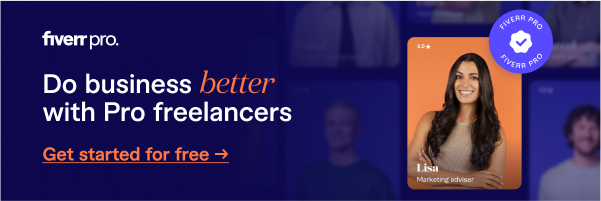You think you have everything covered as far as SEO is concerned. The text on your website has keywords lightly sprinkled throughout, your website design is slick and even has a mobile version, and you didn’t forget to get the SSL certificate. However, visitors still keep clicking the back button after spending only a few seconds on your website and viewing one page at most. This is known as the “bounce rate” – the percentage of people who leave your website after viewing only one page.
A high bounce rate can indicate that your website still needs some work. Variables like user experience, site speed, site architecture, and engaging content can affect your bounce rate and the website’s ability to rank at or near the top of search engine rankings for your target keywords. Something is messing up your website’s one chance to make that critical good first impression with your target audience.
The good news? It can be improved with a bit of work. The website design, including link placement, should be intuitive for visitors to navigate. Link text should concisely describe where the link goes, which incidentally helps with SEO. Images can be streamlined to look better on your website and load faster. Essential information like your business’s name and contact information can be placed in easy-to-spot places on your website, like the header or footer.
As importantly, the content should be engaging enough to encourage your target audience to stick around. Previously, I made a big deal about “What makes your business unique?” Why should your target audience buy from you and not your competitors when it’s easy for everybody to say they have the best service and prices? What do you have that they don’t have?
As importantly, is it easy for your target audience to tell what your business does before they scroll down or click a link (or the back button)? Can they easily discern that you can solve a problem they have?
I’ll be honest: some of the best-performing content I’ve written actually helped a customer with a question they would reasonably ask about a product after buying it. That’s where you can advertise, “Our products come with a great warranty, and you can help them last longer by following these easy steps.” Then, it becomes easier to not only clench more hot tub sales, but also get some future sales of accessories, cleaning supplies, and replacement parts for the hot tubs.
The bottom line is that your bounce rate impacts your ability to make sales when your website is your target audience’s first impression of you. A high bounce rate may indicate that you’re losing sales because visitors weren’t impressed. You can do everything right from an SEO perspective and still have a high bounce rate.
That’s because you’re probably not selling to Google. You’re selling to real people who can click the back button if they find your website uninteresting. You could probably even get away with the easier job of ranking high in local search results if you own a local business. Then, you can focus on making your website and its content attractive enough to a real, live audience to reduce your bounce rate.

